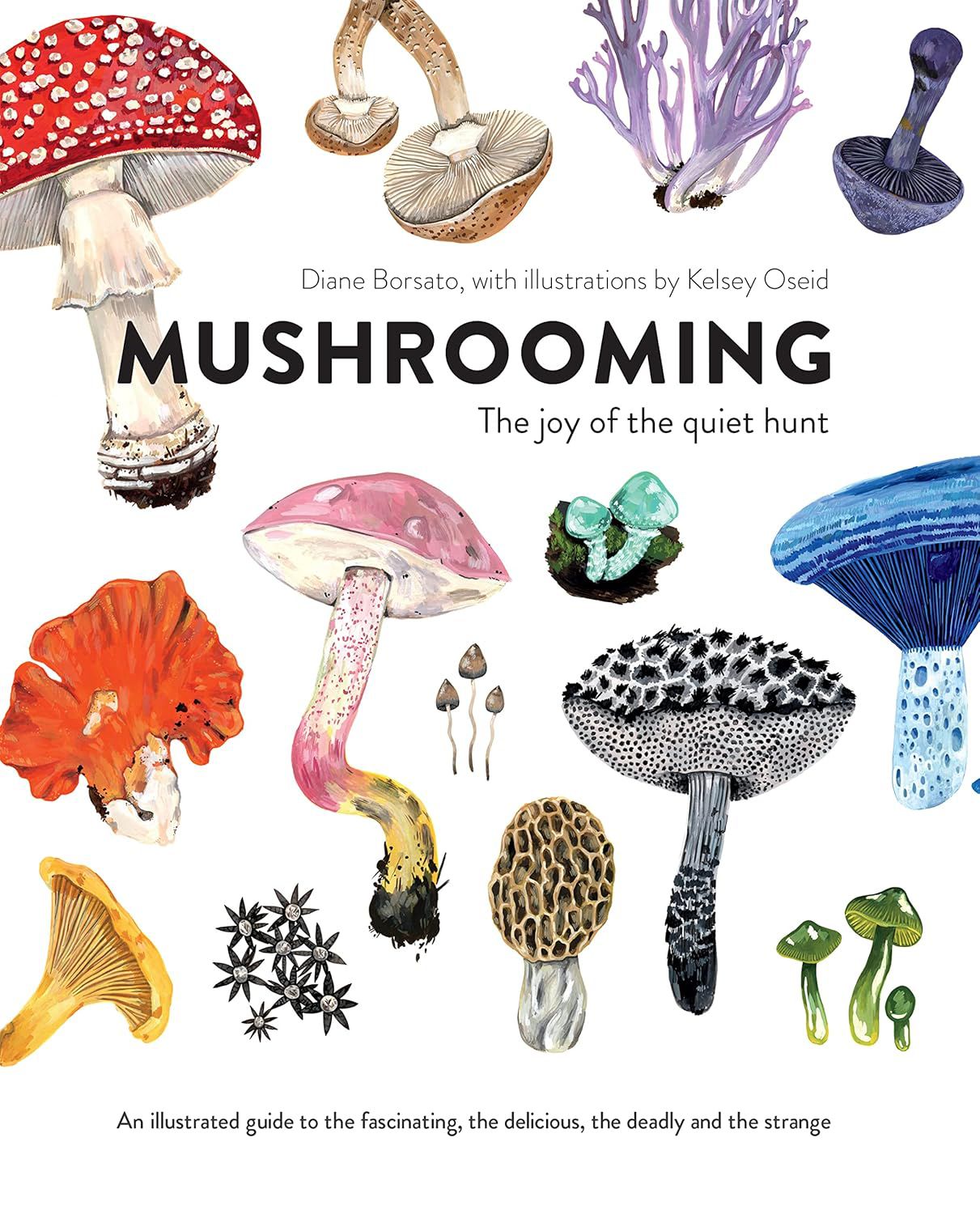Printed on the back of the title page of Richard Powers’s The Overstory (Vintage) is a note stating that “by using recycled paper in place of paper made with 100 percent virgin fiber, the paperback first printing has saved: 169 trees, 13,000 gallons of water, 73,200 pounds of greenhouse gas emissions, 580 pounds of solid waste.” That’s a lot of grateful trees. The Overstory is, in many ways, a fairly conventional multi-generational saga, telling the stories of nine Americans and their descendants over a period of about 150 years. What makes The Overstory unconventional—and fascinating—is that it is essentially a work of natural history in novel form. The stories of its characters are told through their relationships with trees: Nicholas Hoel’s great-great-great-grandfather plants a chestnut tree on an isolated homestead in Iowa, thus preserving it—for a while, at least—from the blight which destroys the vast chestnut forests farther east; Mimi Ma’s father plants a mulberry tree in his back yard in California to honor his father and the silk industry, through which the family made their fortune back in China before his emigration; Watchman and Maidenhair spend more than a year suspended in the branches of a giant redwood named Mimas, hoping to save it (and others) from being logged. Powers weaves tree facts—and history, and science—into the narrative of The Overstory. The result may be a polemic, but it is a persuasive and engaging one. It could—and should—become a foundational “tree lit” text, a touchstone for those who would camp at the Fairy Creek blockade, or elsewhere on the frontlines of the battle to save our remaining stands of old growth trees.








